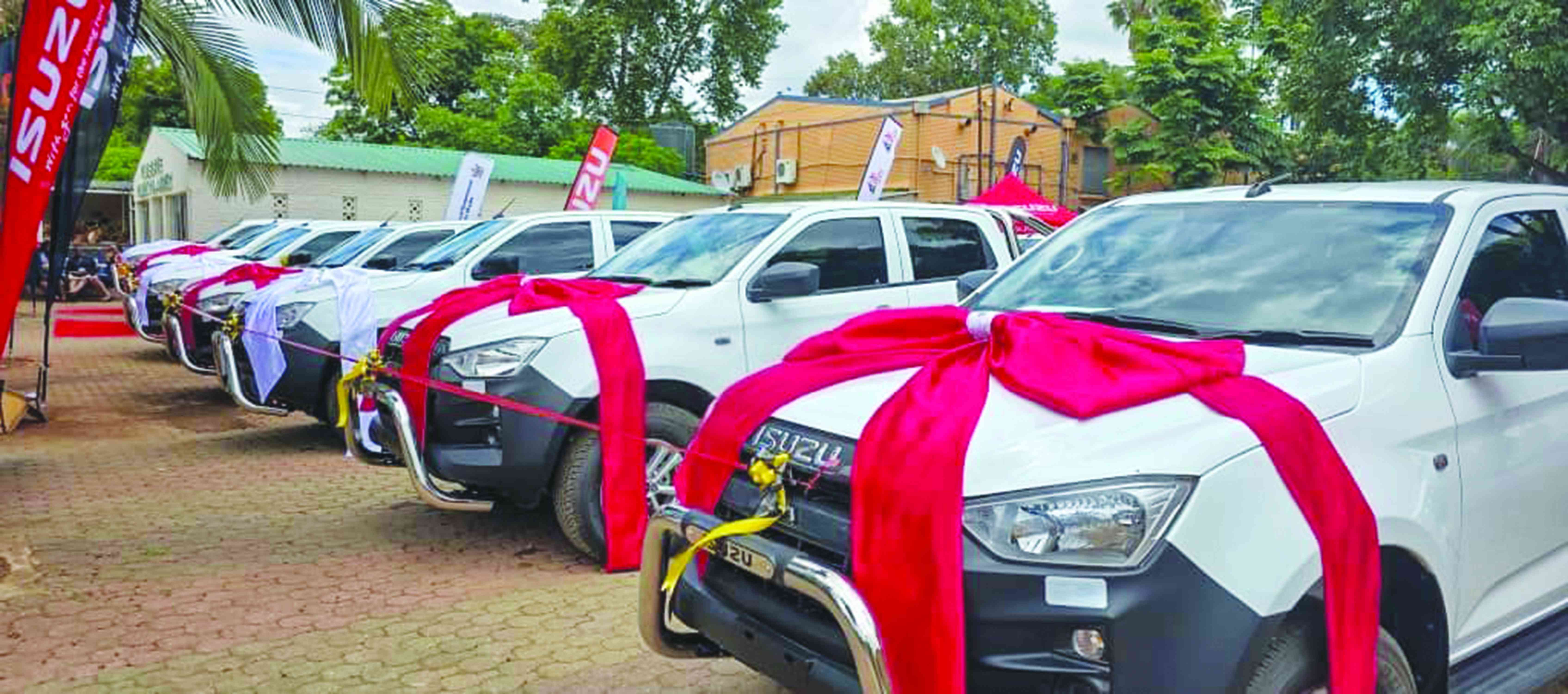
Hwange is synonymous with game viewing, coal mining and electricity generation which contribute to the country’s economic development in tandem with the National Development Strategy.
The country’s largest animal sanctuary that is known as Hwange National Park and as the name suggests, is located within Hwange district while on the other hand huge coal deposits are also found within this particular region. The biggest thermal fired power station is also adjacent to the coal mining town.
The former is home to what is known in tourism circles as The Big Five which comprise of lions, leopards, rhinoceros, buffalos and the elephants. The park is also endowed with all sorts of flora and fauna.
This game park is situated about 120km northeast from Hwange town and acts as a feeder to Sinamatella National Park which is just a stone throw away from the coal mining town.
There are two major companies domiciled within this mining town that are globally “known” for producing the finest artisans through apprenticeship training.
This is an undisputable fact.
Some graduates from these two organisations have been absorbed in far places such as Australia, New Zealand, South Africa, Russia and Ukraine among others.
Apprenticeship courses offered include, but one not limited to motor mechanics, boiler making, carpentry, to name but just a few.
- AAT adds Vic Falls Spa in post-pandemic strategy
- Cross border thieves target region’s game reserves
- Feature: Insects, solution to Africa’s malnutrition and food problems
- Hwange volunteers fighting to save wild dogs from extinction
Keep Reading
Some of the above mentioned artisan courses have somehow resulted in what Yours Truly has recently discovered huge demand from these homo-sapiens related mammals staying deep in the game reserve and surrounding areas.
These inhabitants are none other than baboons whose trail of destruction in most Hwange households has left Yours Truly bemused on whether the improbable primate evolution is still upon us.
Yes baboons of course!
These particular animals somehow contribute to tourism as well as taxidermy industries and have indirectly joined the international crusade to ban use of asbestos related material.
Those living in the coal mining town of Hwange are well versed with these new breed of ‘artisans’ whose carpentry and roofing skills has left many households in awe and counting their loss as well.
However, what boggles the mind is that the majority of these baboons usually roam freely on rooftops in low density houses especially within the colliery concession area.
While on top of the roof, these primates seem to be experts on locating the kitchen and dining rooms where food stuffs would be stored.
What boggles the mind is that they target houses with asbestos roofing whose material is currently proving to be difficult to replace.
The same also applies to other low density areas outside colliery concession residential areas but the situation is rather different in Empumalanga high density suburb where it is a different kettle of fish altogether.
In this particular suburb, baboons are notorious for emulating boilermakers by grabbing pots on the stove and dashing with them into nearby bushes while others would embark on necessary handiwork on roofs.
Anyway, back to rooftop workmanship of baboons which at times has left many an artisan green with envy on how they remove asbestos sheets with utmost precision only fit for professionals.
To the uninitiated, carpenter’s other job responsibility include having adequate roofing skills as well as roof demolition.
During such an exercise the roofing experts mainly use claw and framing hammers for perfection purposes and while baboons apply their bare hands to prise out roofing sheets with utmost precision.
Yours Truly recently witnessed one incident where such primates had a go at a certain house whose asbestos roofing sheet was meticulously removed and they came out with all sorts of imported pots and cooler boxes.
Your guess is good as mine on contents of the said cooler boxes even though it was on the contrary.
However, their heavenly found luck ran out upon discovering that there were a couple of (rubber) snakes inside nicely stacked in a threatening and decoy position.
The rest is history as they are yet to set foot on that particular house.
However, the multimillion dollar question is to try and establish if these primates have also joined to call to abolish asbestos mining as well as trading.
Till we meet again in the next column.
- Comments always welcome on: [email protected]







